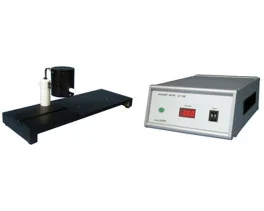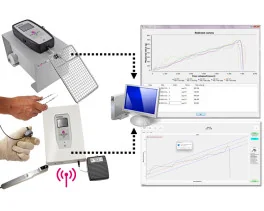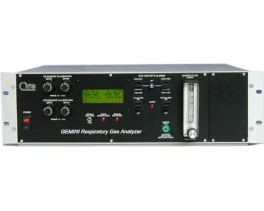Authors
S. Farley, S. Dumas, S. El Mestikawy, B. Giros.
Lab
INSERM U952 Physiopathologie des Maladies du Système nerveux Central, Paris, France.
Journal
Neuropharmacology
Abstract
Major depression is a chronic psychiatric illness that is highly prevalent and disabling. The available medications are ineffective for many patients suggesting that differents molecular pathways could be specifically altered in the unresponsive patients. Recently, the glutamatergic system has emerged as a target in the research on depression and acute NMDA receptor blockade has been shown to produce strong antidepressant effects. We have studied the adaptations of four mice strains (C57BL/6, DBA/2, C3H and BALB/c) to a chronic unpredictable stress protocol, a widely used model of depression in rodents. BALB/c mice displayed strikingly different behavioral and neurochemical adaptations compared to the other strains tested, suggesting that different molecular pathways are involved in their specific vulnerability. They became hyperactive during the dark period, anhedonic-like and displayed no alterations in the tail suspension test (TST). After chronic stress, only the BALB/c displayed an increased frontocortical VGLUT1 expression which is suggestive of a dysregulation of their prefrontal glutamatergic system, and no BDNF mRNA alteration, although the acute stress modulation of this mRNA is similar to the other strains. Chronic administration of an antagonist of NMDA receptors, MK-801, induced antidepressant-like effects in the TST for stressed BALB/c, but was ineffective for the hyperactivity and anhedonia-like behavior, in contrast to fluoxetine. Chronic MK-801 was totally inactive on the behavior of stressed C57BL/6 mice. MK-801, but not fluoxetine, inhibited the VGLUT1 prefrontal increase in BALB/c. Fluoxetine increased VGLUT1 and BDNF mRNA expression in the hippocampus of the C57BL/6 but not in the BALB/c strain, suggesting a different reactivity in-between strain to both stress and antidepressant. Interestingly enough, the BDNF or VGLUT1 increase is not necessary to reverse the stress induced behavioral alterations in our experimental settings. This observation supports the conclusion that BDNF and VGLUT1 are depressive state markers, but not involved in its etiology. Finally, there is a substantial similarity between the phenotypes that are observed in the BALB/c mice and endogenous depression in humans, as well as between C57BL/6 mice and atypical depression. To have a better understanding of the variability of depression etiologies in human, and the implication of the glutamatergic system, it may be suggested that future animal studies in the mouse would systematically compare the two strains BALB/c and C57BL/6 for the identification of relevant biological mechanisms. This article is part of a special Issue entitled 'Anxiety and Depression'.
BIOSEB Instruments Used:
Tail Suspension Test - Wireless (BIO-TST5)

 Pain - Thermal Allodynia / Hyperalgesia
Pain - Thermal Allodynia / Hyperalgesia Pain - Spontaneous Pain - Postural Deficit
Pain - Spontaneous Pain - Postural Deficit Pain - Mechanical Allodynia / Hyperalgesia
Pain - Mechanical Allodynia / Hyperalgesia Learning/Memory - Attention - Addiction
Learning/Memory - Attention - Addiction Physiology & Respiratory Research
Physiology & Respiratory Research




































 Pain
Pain Central Nervous System (CNS)
Central Nervous System (CNS) Neurodegeneration
Neurodegeneration Sensory system
Sensory system Motor control
Motor control Mood Disorders
Mood Disorders Other disorders
Other disorders Muscular system
Muscular system Joints
Joints Metabolism
Metabolism Cross-disciplinary subjects
Cross-disciplinary subjects CONFERENCES & MEETINGS
CONFERENCES & MEETINGS 